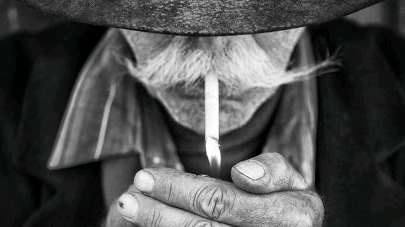
My Legacy of Legends
What is my legacy of legends? How did I learn, what did I learn, from whom did I learn, and how did I learn enough to think that I could be a teacher?
I learned from the words and example of 20 or so good horsemen and women each an expert in their field. I watched dozens of videos and attended dozens of Clinics, always questioning, “Why is this person getting more from their horses than some of the others?” and “How the hell do the best people make it look so easy?”
How they did that, became my mission in life.
The people I deem to be legendary horsemen and women from whom I learned my horsemanship over the years are listed here-under:
From Mark Rashid, Trisha Wren and Peggy Cummings, I learned most notably the value of balance, softness and respectful communication.
From Mario Luraschi, movie stunt horse trainer, I learned what could be achieved through trust, belief in, admiration for and communication with “the strongest yet most vulnerable animal on earth”
From Craig Cameron, Al Dunning, Craig Johnson, Ray Hunt, Bob Avila, Ted Robinson, Todd Bergen, John Slack, Craig Cameron, Richard Shrake, Pete Kyle, Dick Piper, Chris Cox, Buck Brannaman, Bob Loomis and Jean-Claude Dysli, each a legend in his own way, I learned riding, training and teaching techniques.
From Bob Mayhew, co-founder of the Western Equestrian Society, international Western Judge and competitor, I learned, among many other things, the value of clear, unambiguous communication with horses to have them be “willingly guided” by me. Bob mentored me and recognised that I had something to offer horses and riders.
I am grateful to all those people and to the other patient teachers, the horses.
Over time I have come to communicate with horses in ways that I find difficult to understand far less describe. However, in my teaching, I focus on the language of cueing.
That I do understand and can describe.
The average adult human being’s language uses 20,000 spoken words with which to communicate in everyday life.
Horses have a language of gesture, a sign language, a language of pressure and release, of advancing and retreating. It is a physical language which is expressive and complex, but they do not suffer from verbal diarrhoea as we human beings do. They like their lives to be orderly and, whenever possible, predictable and stress free. They live in the present and just need to know what the best course of action is likely to be from minute to minute. They just want an easy life. To begin to be at one with our horses, we need to be more like them.
Young horses learn horse language from older horses by finding an appropriate response to any given gesture. They do this by trial and error. When they get it right, the gesture or threat is discontinued. They have learned what the gesture means.
Horses learn our cueing language in the same way. When we apply pressure of some kind to the mind and body of novice horses, be it a gesture or physical pressure, they try everything they can think of to get us to remove that pressure. When they accidentally stumble over the correct response and we immediately remove that pressure, they register that response as a useful one. On the other hand, all of the things they tried which did not get the release are, eventually, deemed by them to be a waste of their time and energy.
In this way, we teach the horse around 40 words and construct about 20 sentences with them. Each cue is a word and each cueing sequence is a sentence.
Ok. How hard can it be to teach the horse 40 words and learn to say 40 words to the horse clearly and consistently?
More of this later.